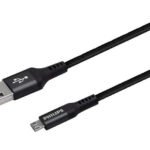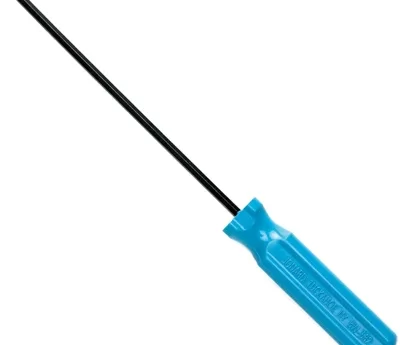Video cables are generally used for the transmission of video signals, including monochrome, composite, and component colour video signals. They are commonly utilized with monitors, cameras, video cards, servers, multiplexers, digital to video recorders, and scan and video converters. They consist of interconnecting one or both ends of the cable. These devices commonly connect to or between two or more video sources. The characteristics include connector type, length, cable type, shielding, and usage.
Different Types of Video Cables and Their Uses
Video cables can be categorized according to their technologies. There are various types of video cables that include:
CC-Link Cables
These are high-speed industrial communication cables that allow devices from various manufacturers to communicate.
Fiber Channel Cables
Fiber Channel Cables are twisted-pair, coaxial, or fiber optic connections that provide high-speed and serial data transfers. HDMI Cables: These cables utilized a High-definition multimedia Interface. This is a standard digital audio/video protocol.
Ethernet Cables
These are the cables designed to operate at 10 Mbps, 100 Mbps, or 1 Gbps. They generally support the Ethernet network protocol for local area networks.
USB Video Cables
Such cables are utilized to form low to medium-speed peripheral device connections with personal computers. They are also utilized for monitoring purposes.
DVI Cables
DVI stands for digital video interface, commonly developed by the Digital Display Working Group. These cables can support digital and analog video signals with only a single DVI video cables and are commonly found on LCD monitors, computers, projectors, and other digital display equipment.




